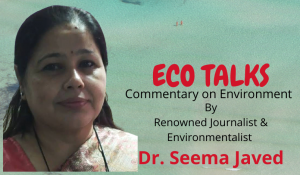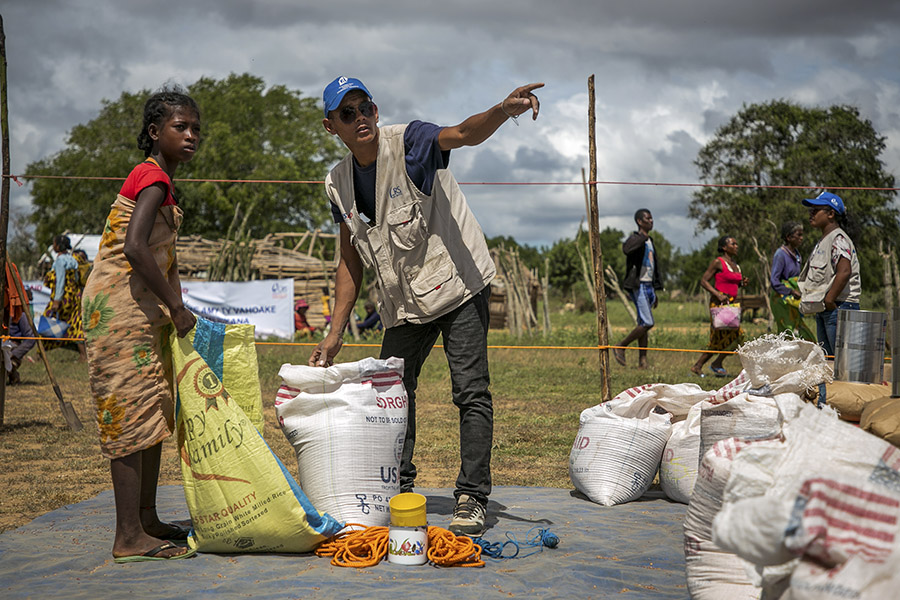 This year’s G7 summit takes place against the backdrop of a growing energy and hunger crisis. Geopolitical questions and the war in Ukraine dominate the agenda. While G7 leaders meet in a 5 star castle hotel in Elmau, Bavaria, Germany (in the Alps close to the Austrian border) from 26 June (Sunday) till 28 June (Tuesday) before they move on to the NATO summit. On Saturday, 25 June, a big mobilisation / march takes place in Munich.
This year’s G7 summit takes place against the backdrop of a growing energy and hunger crisis. Geopolitical questions and the war in Ukraine dominate the agenda. While G7 leaders meet in a 5 star castle hotel in Elmau, Bavaria, Germany (in the Alps close to the Austrian border) from 26 June (Sunday) till 28 June (Tuesday) before they move on to the NATO summit. On Saturday, 25 June, a big mobilisation / march takes place in Munich.

What is needed-The IPCC 6th Assessment Report (AR6) WGII (2022) clearly showed: “Human-induced climate change, including more frequent and intense extreme events, has caused widespread adverse impacts and related losses and damages to nature and people, beyond natural climate variability (…). Across sectors and regions the most vulnerable people and systems are observed to be disproportionately affected”. So far, the people, communities and countries that are particularly affected have received no adequate financial support to manage climate risks and address loss and damage from extreme weather events and slow-onset processes.
By 2030, economic cost of L&D are estimated to reach 290 – 580 billion USD in developing countries alone, let along the non-economic costs. New and additional funding as well as adequate financial arrangements are needed to close protection gaps and bring existing tools including insurance, social protection schemes, national loss and damage mechanisms, tools for climate induced migration, etc.
What are vulnerable countries demanding?- At COP 26 and during the Bonn Climate Change Conference, the negotiating bloc Group of 77 developing countries+China, proposed a solution to the gap in finance available to address their needs in the form of a L&D Finance Facility LDFF which will be able to provide new financial support in addition to adaptation and mitigation finance, to developing countries to address loss and damage.
Civil society is supporting this demand with concrete suggestions on how such a facility could look like. The proposition is being blocked by developed countries.
For the first time, G7 Development Ministers, as well as Climate, Energy and Environment Ministers, have explicitly recognized the urgent need for financial support for developing countries to avert, minimize and address economic and non-economic loss and damage from G7 members.
They want to work towards a Global Shield against climate risk; support climate risk insurance and social protection systems; and increase their funding for climate adaptation and resilience building.
What is the Global Risk Shield?-The aim of the global shield is to foster more systematic, coherent and sustained financial protection to help reduce the negative impacts of climate change on vulnerable countries and people.
Also Read : Undeniable influence of climate change on excessive rainfall and flooding across the Indian borders
Also Read : India can loose 184 billion USD in Stranded Asset Risk in Steel: GEM
Building upon existing instruments and partnerships, including the G20+V20 InsuResilience Global Partnership, the Global Shield wants to 1. Strengthen cooperation within the global climate and disaster risk financing architecture to overcome fragmentation; 2. Establish a truly global, flexible and collaborative financing structure; 3. Commit to sustained protection from increasing climate risks (primarily through premium and capital support).
What should G7 heads of governments decide on the G7 summit in June?
The G7 members should:
-
Commit to providing new and additional climate finance to address damage and loss to developing countries at a scale commensurate with their existing and future needs
-
Commit to making the Global Shield against climate risks functional, working together with affected developing countries, based on their needs. The Global Shield must provide financial and capacity support to address economic and non-economic loss and damage from extreme weather events and slow-onset processes.
(Dr. Seema Javed is an Environmentalist & Communicator for Climate Change& Clean Energy)
 Jubilee Post News & Views
Jubilee Post News & Views





